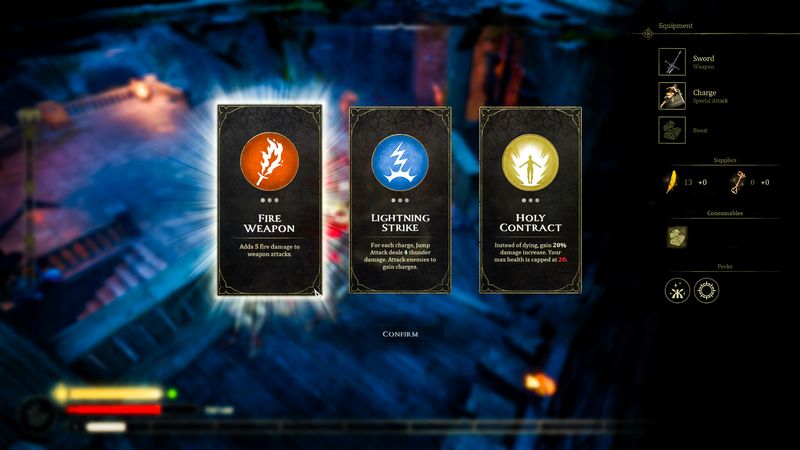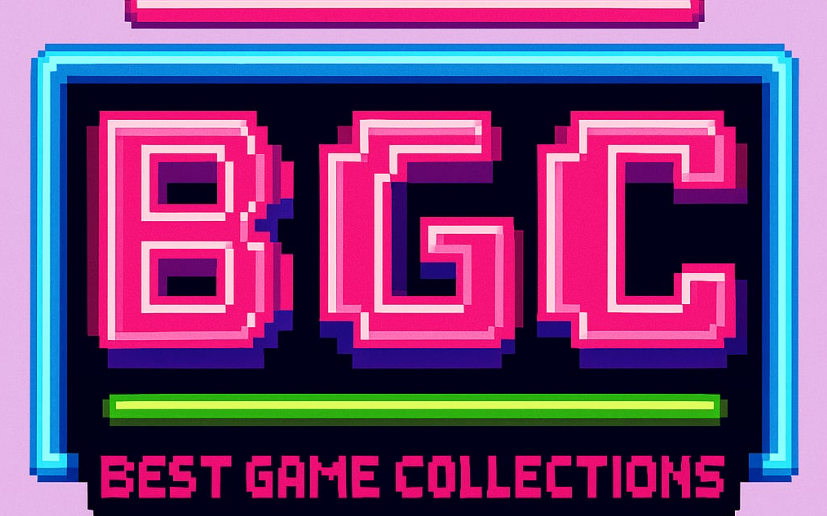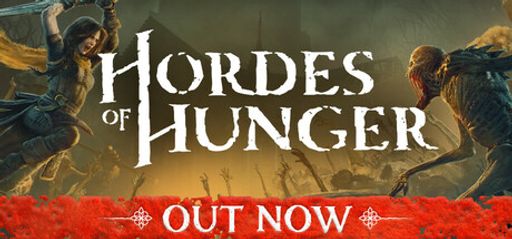I recently dove into Hordes of Hunger, and my first impression is that it holds great promise. Developed by Hyperstrange and published by Kwalee, the game presents a unique twist on the survivors-like genre. I appreciate when a game challenges me and pushes the limits of my strategic thinking. Hordes of Hunger manages to do this in several compelling ways while still having room for improvement.
Overall Impression
The game immediately captured my attention with its fast-paced, action-packed combat and eerie medieval setting. The core mechanics feel solid, and I enjoyed controlling Mirah as she defends her homeland. However, I also noted some early design choices that may leave demanding players wanting more content. This is especially true compared to other entries in the genre. The developers seem to have embraced early access methodology, delivering a skeletal framework of what could eventually be a full-fledged experience. While the game impresses in certain areas, it also falls short in others.
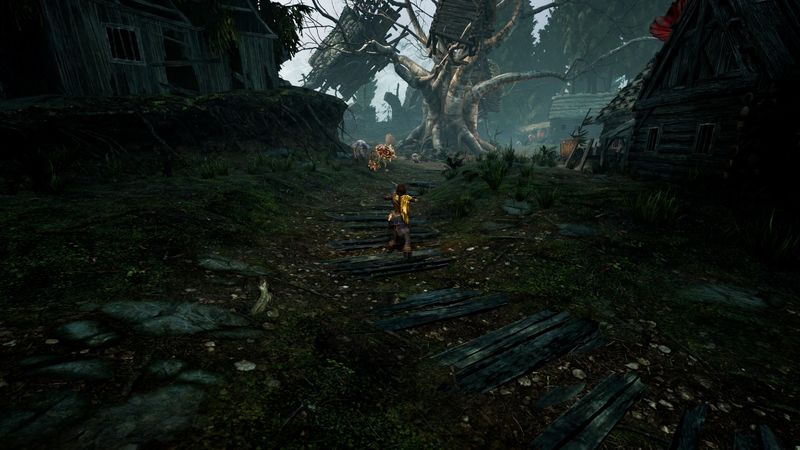
Gameplay Mechanics
The gameplay mechanics in Hordes of Hunger are both engaging and challenging. I found the combat system to be intuitive and responsive. This game pushes you into the thick of battles, where you wield powerful weapons and abilities to vanquish monstrous foes. The quick reactions required during combat lead to some standout moments that provide a surge of adrenaline. Yet, some feedback from fellow players suggests that the camera control is slightly off. The current FOV and camera distance make it hard to achieve a tight, action-oriented ARPG experience. A closer camera option would enhance the feel of every melee strike and spell cast.
Additionally, the game includes unique elements during rest periods known as “Sanctuary” sequences. These segments offer strategic breaks between battles as you search for helpful NPCs and valuable items. I enjoyed the idea behind these sessions, but I share another player’s criticism regarding the elusive little girl NPC. This character, who can grant important advantages, appears in random locations. I believe fixing her position could streamline gameplay. On the other hand, the flexibility in weapon and armor choices does allow for diverse character builds. I can tailor my defenses and offense based on my tactical preferences. This flexibility is a strong suit in Hordes of Hunger.
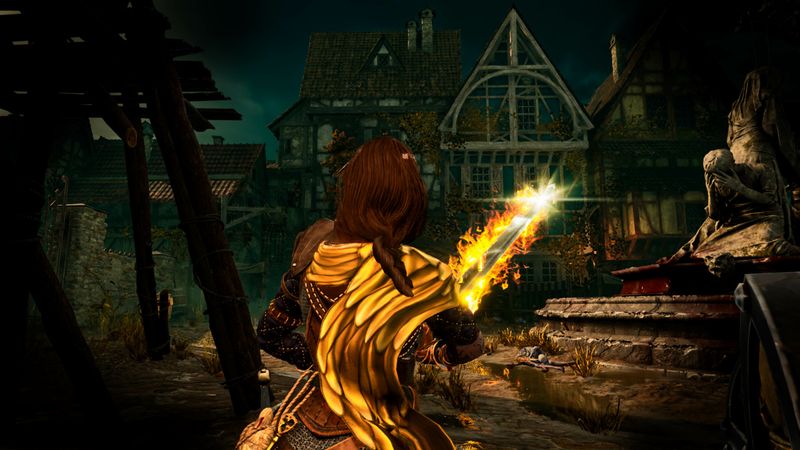
Story and Characters
When it comes to the story and characters, Hordes of Hunger weaves an intriguing narrative. The game tells the tale of Mirah, a resolute defender fighting off a relentless supernatural hunger. The desolate medieval setting enriches the world-building, offering a grim yet captivating backdrop for the unfolding drama. I became invested in Mirah’s journey and the stakes involved. The creators have struck a balance between myth and reality that keeps players hooked. However, I noted that some early content feels like a blueprint rather than a finished narrative. Critics of early access have argued that the storyline might need a more robust and fleshed-out presentation in the full release.
Visuals and Graphics
Visually, the game impresses with a distinctive artistic style that perfectly complements its dark tone. The use of 3D graphics provides depth and realism, and the environmental design effectively creates a sense of danger lurking around every corner. I appreciated how the visuals convey both the decay of a ravaged world and the determination of its residents. Despite some rough edges, the art direction significantly contributes to the overall immersive experience. The design hints at the potential for a more polished release in the near future, a promise that keeps me eagerly awaiting further updates.
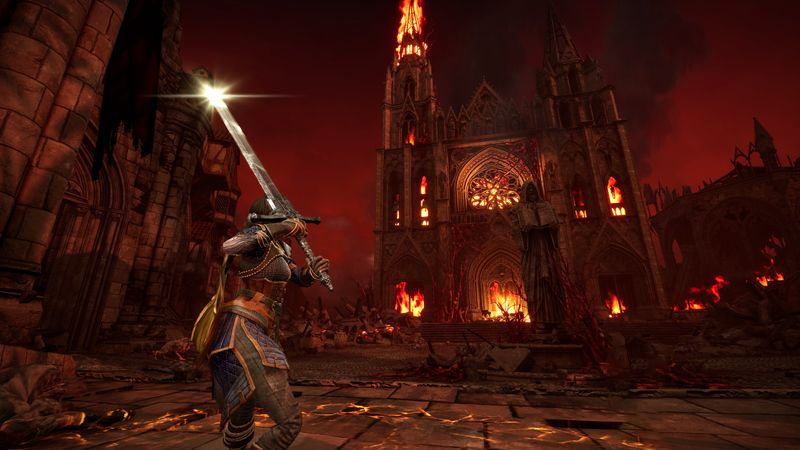
Sound and Music
In terms of sound and music, Hordes of Hunger stands strong. The atmospheric soundtrack deepens the sense of urgency and despair in the game. I particularly enjoyed how the music swells during intense battle scenes and subtly shifts during quieter, story-driven moments. The sound effects are equally commendable, bringing the clash of weapons and the growls of monsters to life. In a genre where immersion is key, the audio design of Hordes of Hunger plays a vital role in sustaining the game’s dark ambiance.
Difficulty and Replayability
Difficulty and replayability are areas where the game truly shines. Hordes of Hunger does not hold back in challenging players, which appeals to those of us in the competitive gaming community. The game forces you to constantly adapt your strategy with each new wave of monstrous foes. Each run feels different based on your choices of equipment and the randomness in NPC appearances. However, the difficulty peaks at times where some mechanics, like the unresponsive camera or wandering NPC during Sanctuary sequences, have the potential to interrupt the flow. Despite these minor setbacks, replayability remains high. The game encourages multiple playthroughs as you explore varying tactics and experiment with different character builds.
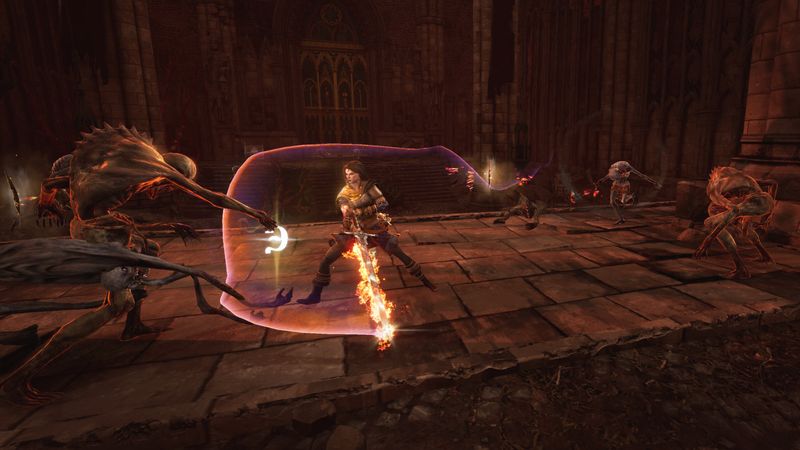
Early Access
One of the room-for-improvement aspects mentioned by another player is the limited scope for content in its current state. Early access means you are witnessing a work in progress. The game reveals its blueprint of mechanics and design, which leaves many wondering whether the eventual release will address these concerns comprehensively. The developers have promised substantial updates according to the roadmap, yet the current version may not fully satisfy hardcore gamers who demand deep and rich content from the start. Nevertheless, the framework is promising, and I believe the team behind Hordes of Hunger has the capability to expand the game into a formidable entrant in the survivors-like genre.
Conclusion
In conclusion, my overall experience with Hordes of Hunger has been one of cautious optimism. I found the combat mechanics and immersive world design to be strong foundations for what could develop into a truly memorable game. The atmospheric visuals and compelling audio create an engaging experience that stands out in its genre. Yet, in its early access state, Hordes of Hunger reveals certain rough edges. The frustrating camera controls and the inconsistent placement of key NPCs detract from an otherwise promising package.
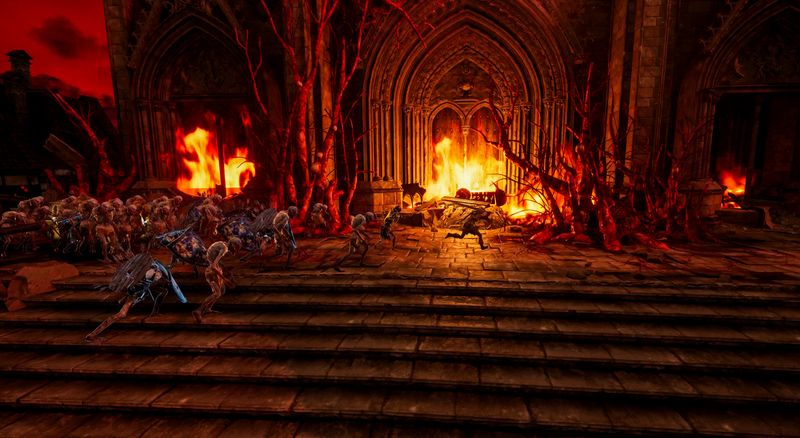
As a dedicated gamer, I appreciate both the ambition and the effort invested in this title. I have seen similar early access games evolve, and I am optimistic that Hyperstrange will heed constructive criticism to deliver a more refined final product. Given the current state and potential for growth, I award Hordes of Hunger 3.5 out of 5 stars. This score reflects both the excitement generated by its innovative ideas and the need for more substantiated and rich gameplay content.
I remain hopeful that future updates will address the concerns raised by the community. If Hyperstrange can expand the game’s content significantly and fine-tune its mechanics, Hordes of Hunger could very well become a standout title in the competitive survivors-like landscape. I will be keeping a close eye on its evolution and diving back in as soon as new updates roll out.
